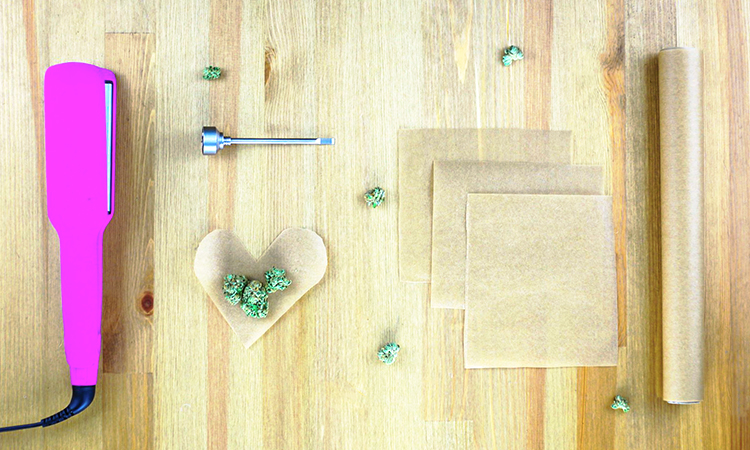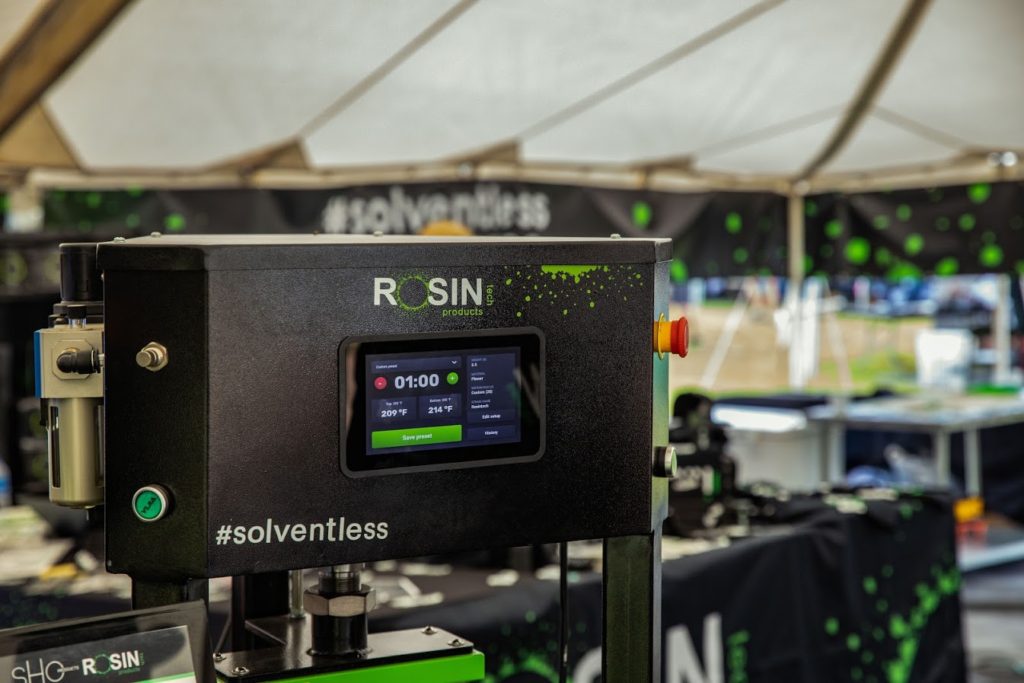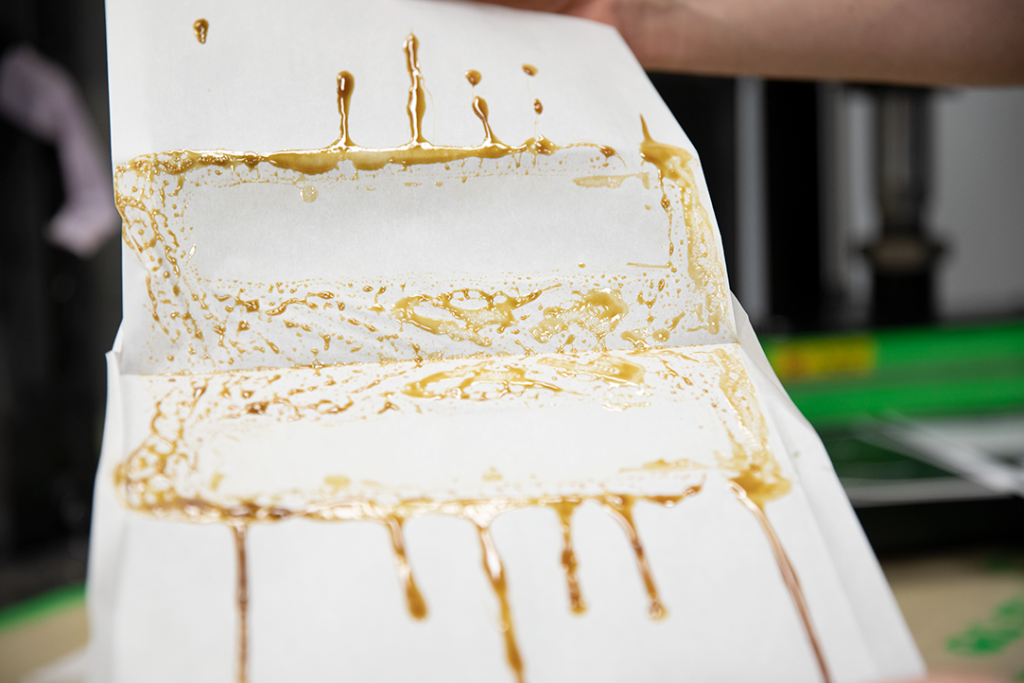There’s never been a better time to jump into making your own solventless rosin. It’s a simple and relatively easy process to perform, but despite that simplicity, there are still a number of mistakes first time rosin pressers will encounter. So let’s go over the main offenders to help you avoid some classic noob rosin mistakes.
1. Using Poor Quality Starting Material
“You get out what you put in.” You’ll hear this saying a lot when it comes to rosin, and for good reason. That’s because, one of the most common mistakes new rosin pressers make is to use any old bud. Unfortunately, the quality of your flower makes a huge difference to your final results, and pressing with mediocre material will always result in mediocre rosin.

Your best bet? Put in the effort to source the freshest, highest quality flower you can get your hands on, because fresh bud that’s been cultivated to its full potential will always press better. Additionally, the strain of cannabis you use also matters.
2. Using a Makeshift Rosin Press
While it’s true that the rosin process was invented by using hair straighteners, rosin tech has evolved enormously in the last few years, and it’s absolutely worth investing in a press that’s made for the job. Using rudimentary equipment is another common mistake new rosin presses make.

(Credit: leafly.com)
While yes, it’s certainly possible to make rosin using makeshift equipment, your results will suffer unless you use a decent rosin press. Mostly because, without accurate time, temperature, and pressure control, it’s unlikely you will be able to achieve consistent good quality results with a high yield. We of course provide a number of affordable small home presses like the Rosin Tech Go™, Twist™, and Smash™, which are perfect for the novice rosin maker looking to improve their game.
3. Time, Temperature, and Pressure Settings
Providing you’re using high quality starting material and a decent rosin press, time, temp, and pressure settings are where all the magic of rosin making happens, and another common beginner mistake is to have a fire-and-forget attitude towards these parameters. There are general rules of thumb you can apply to rosin pressing, and these can be a great place to start.

However, it’s important to note that different starting materials can behave differently under particular time, temp, and pressure settings. So, it’s of critical importance to dial in your settings to suit your particular strain or starting material. Without a nuanced approach, you’ll never extract the full potential of your flower, so be sure to check out our Rosin Tech Major Keys: Time and Temp to learn more.
4. Blowouts
When it comes to rosin making, nothing is more annoying than the dreaded blowout. A blowout occurs when your starting material ruptures through your filter bag during the pressing process, leaching unwanted plant materials into your rosin.

There are a wide number of factors that can contribute to a blowout, and this is something new rosin pressers will almost certainly struggle with. Check out our complete guide on How to Avoid Filter Bag Blowouts, where we cover everything you need to know so that you can eliminate the problem once and for all.
5. A Lack of Attention to Detail
The devil is in the details as they say, and the real secret to quality rosin making is fostering a fastidious approach to every aspect of the process. Using good equipment is half the battle, but being lazy or complacent with your technique is a sure fire way ruin your end results. Patience and attention to detail are key if you want to improve from a novice into a top tier rosin maker, and taking the entire process seriously can eliminate many of the common mistakes you will encounter on that journey.

So, let’s recap. Always use the freshest, highest quality starting material you can get your hands on, use a decent rosin press, learn the ins and outs of time, temperature, and pressure settings, learn to avoid blowouts, and finally, pay attention to the details and don’t get lazy. Follow this advice and you should begin to eliminate your noob mistakes in no time.





